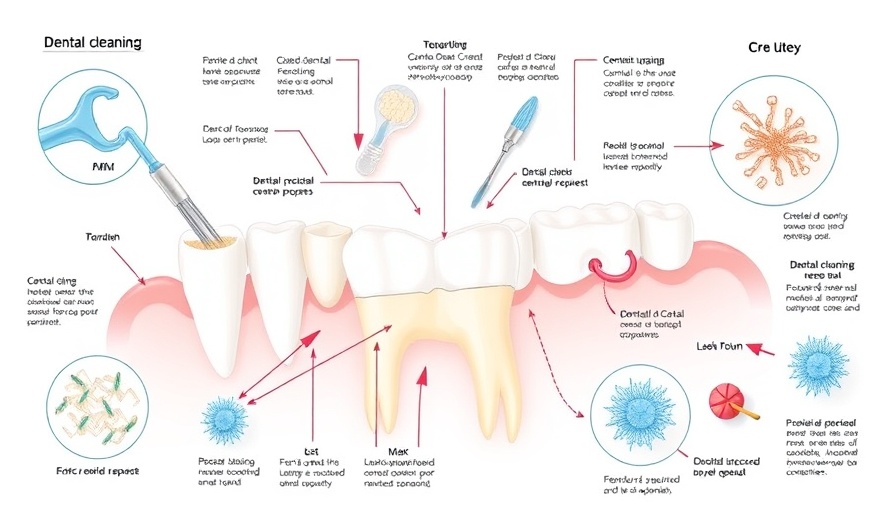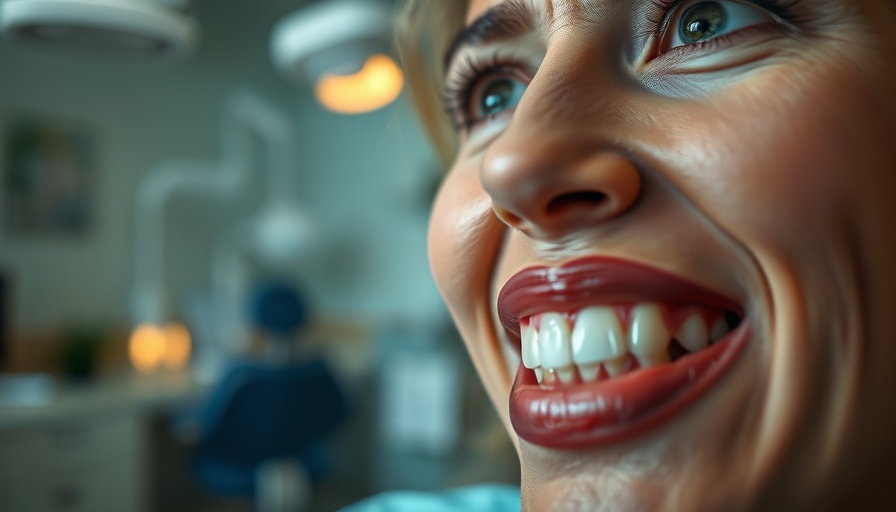
Revolutionizing Pediatric Dentistry: The Promise of Herbal Irrigation
The field of pediatric endodontics is on the brink of a significant transformation, thanks to recent studies exploring the use of herbal irrigation methods. A recent controlled trial published in the *Journal of Indian Society of Pedodontics and Preventive Dentistry* highlights the potential of sequential herbal irrigation as a safe and effective alternative to traditional chemical irrigants in the treatment of primary teeth. This breakthrough is particularly pertinent for young patients who might be sensitive to the harsh effects of conventional treatments.
The study rotates around the use of a herbal protocol that incorporates extracts from Salvadora persica, commonly known as Miswak, Azadirachta indica (Neem), tea tree oil, and phytic acid. These natural agents showcase antimicrobial properties that rival those of established chemical substances but come with far fewer side effects, an important consideration for the delicate health of children.
Understanding the Need for Change in Pediatric Dentistry
Traditionally, pediatric dentists have leaned on chemical solutions such as sodium hypochlorite and chlorhexidine to disinfect root canals. While effective, these substances can pose risks ranging from mild cytotoxicity to unpleasant tastes and potential tissue irritation—issues that can lead to distressing experiences for young patients. The recent trial concluded that the herbal solutions not only matched the efficacy of their chemical counterparts but in some cases, such as against Enterococcus faecalis, they exhibited even greater effectiveness.
Incorporating herbal agents into treatment protocols isn’t just a passing trend; it taps into a growing desire among both practitioners and patients for safer, more biocompatible healthcare options. By employing natural substances that align with principles of holistic health, dentists can reduce the risk of adverse effects while still ensuring thorough antimicrobial action.
The Efficacy and Safety of Herbal Irrigants
The randomized controlled trial involved a sample of 15 children between the ages of 4 and 8 years who required pulpectomies for bilateral primary molars. Notably, both treatment options (herbal and conventional) demonstrated significant microbial reductions, yet the herbal approach highlighted superior activity against critical bacteria implicated in endodontic failures.
The implementation of herbal irrigation leverages the *synergistic effects* of various natural compounds, which includes minimizing the potential risks associated with chemical treatments. This aligns with a larger movement within the medical community emphasizing the importance of biocompatibility, especially in pediatric care.
Herbal Alternatives: A Broader Community Practice
The findings of this study reflect a microcosm of a larger shift in healthcare. The broader community of healthcare professionals is increasingly recognizing the benefits of herbal medications as a complement to established treatment paradigms. As research supports the therapeutic potential of plant-based agents, it opens possibilities for new treatment protocols across various disciplines, including dentistry.
For example, studies have consistently shown the antimicrobial efficacy of Neem, tea tree oil, and even turmeric in various clinical contexts. Leveraging such established data, this trial bridges the gap between tradition and innovation, laying a strong foundation for future research aimed at defining standardized herbal protocols in dentistry.
Future Steps: Standardizing Herbal Use in Dentistry
As exciting as these findings are, researchers and practitioners alike underscore the necessity for further trials across broader populations to solidify the effectiveness and standardization of herbal treatments in pediatric endodontics. The ultimate goal remains clear: providing the safest and most effective treatments for children facing dental procedures.
In conclusion, the embrace of herbal irrigation in pediatric endodontics not only aligns with modern healthcare’s move toward safer alternatives but also reflects a conscientious adaptation to the specific needs of young patients. The continuing discourse on herbal pathogens could redefine treatment protocols and make a significant impact on future practices.
 Add Row
Add Row  Add
Add 




Write A Comment